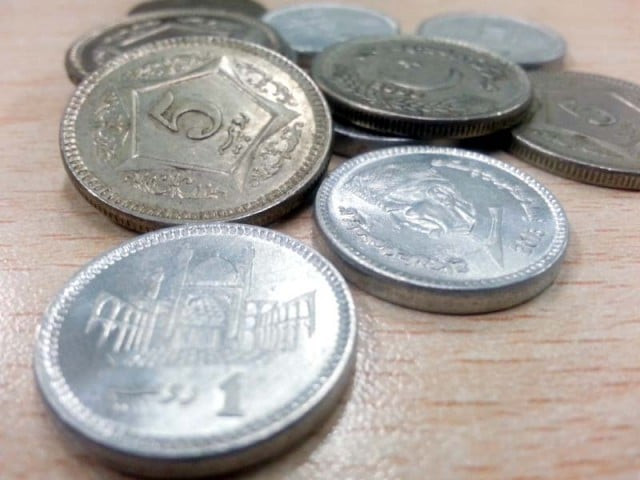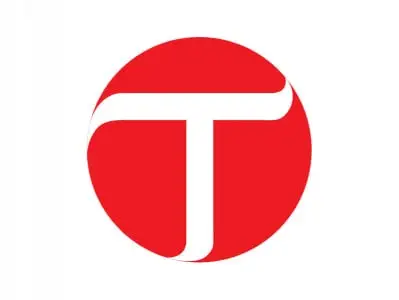July-September: Active micro-savers fall 7.3% to 13.4 million
Value of savings remained stagnant at Rs53.6 billion

Value of savings remained stagnant at Rs53.6 billion. PHOTO: FILE
The number of active micro-savers did not sustain the growth shown in recent quarters in July-September, according to the latest microfinance statistics released by the Pakistan Microfinance Network (PMN).
The number of active micro-savers fell 7.3% on a quarter-on-quarter basis to 13.4 million in Jul-Sept while the value of savings remained stagnant at Rs53.6 billion. The decline in the number of micro-savers is substantial given that the quarter-on-quarter rise in April-June was a massive 28.5%.
Microfinance banks (MFBs) saw the largest reduction in the number of savers among peer groups, primarily on the back of Tameer Bank. Its deposit accounts contracted by 25% (1.9 million) in the last quarter.
The contraction in the deposit base was due to the closure of dormant/inactive mobile accounts, according to PMN.
Despite the decrease, Tameer Bank continues to hold the largest market share in terms of both active savers (44%) and the value of savings (28%).
The market share of urban savers declined from 69% to 63% in the current quarter - primarily influenced by Tameer Bank whose depositors mainly belong to urban areas, PMN said.
The gross loan portfolio (GLP) of the microfinance sector touched Rs85 billion by the end of September, registering a growth of 4.9% on a quarterly basis. PMN attributes the increase in GLP to growth in the number of active borrowers (3.6%), coupled with an increase in the average loan size (5.7%).

Growth in microcredit was mainly driven by the MFB peer group, which added 65,000 new borrowers and a portfolio of Rs3.1 billion. Tameer Bank and National Rural Support Programme (NRSP) Bank were the largest contributors among MFBs that added 18,500 and 16,300 new borrowers, respectively.
Moreover, Tameer surpassed Kashf Foundation to become the fourth largest provider of microcredit (in terms of active borrowers). Among the non-bank microfinance providers (MFPs), NRSP was the strongest contributor to microcredit whose active borrowers increased by 16,200 and the portfolio by Rs286 million, PMN said.
Growth of NRSP was motivated by the agriculture sector because of the loans distributed for the harvest of cotton, which starts in July.
Overall, the sector’s portfolio-at-risk deteriorated slightly from 1.3% to 1.6% primarily within the peer groups of microfinance institutions (MFIs) and rural support programmes (RSPs).
Micro-insurance exhibited a positive trend in the third quarter of 2015. The number of policyholders increased by 3.8% while the sum insured depicted a growth of 4.4%, according to the PMN.
Growth in micro-insurance was also driven by the MFB peer group, as most banks offer built-in micro-insurance products to every credit client.
NRSP Bank and Tameer Bank were the major contributors to micro-insurance. Their policyholders increased by 29,400 and 24,700, respectively. Tameer Bank also offers a health insurance product (Khushaal Beema) to mobile wallet customers based on the customers saving balance.
Akhuwat and Thardeep Rural Development Programme (TRDP) were the greatest contributors among non-bank MFPs, adding 20,800 and 19,900 policyholders, respectively.
The share of credit life policyholders increased 2% to 51% mostly because of the increase in the number of policyholders by MFBs.
The penetration rate of the microfinance sector increased from 12.8% in the preceding quarter to 13.3% in Jul-Sept, according to PMN. However, the number of districts covered remained the same at 98 in the Jul-Sept quarter while the total number of branches increased by 31.
Published in The Express Tribune, November 29th, 2015.
Like Business on Facebook, follow @TribuneBiz on Twitter to stay informed and join in the conversation.



















COMMENTS
Comments are moderated and generally will be posted if they are on-topic and not abusive.
For more information, please see our Comments FAQ